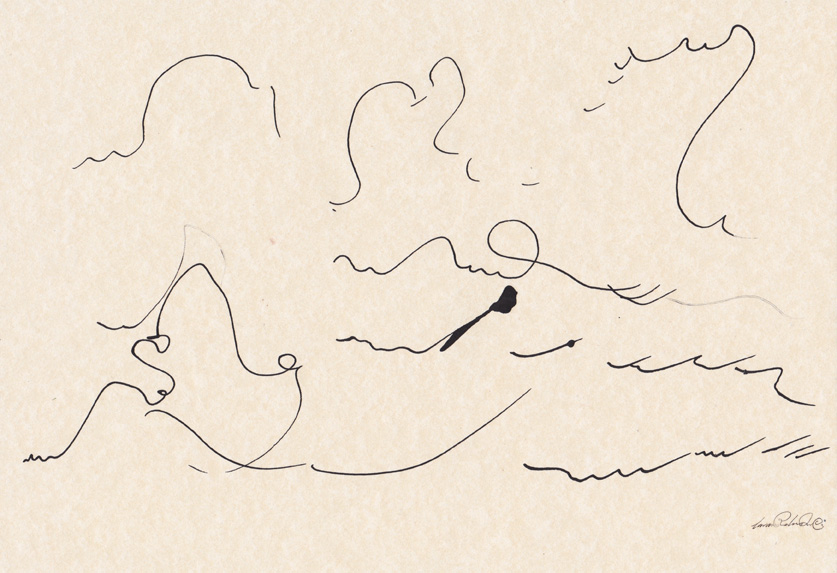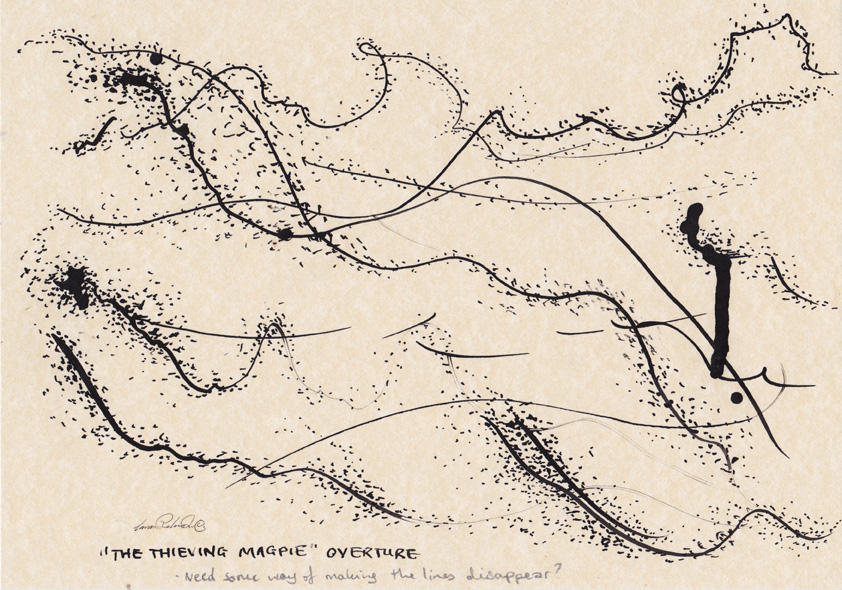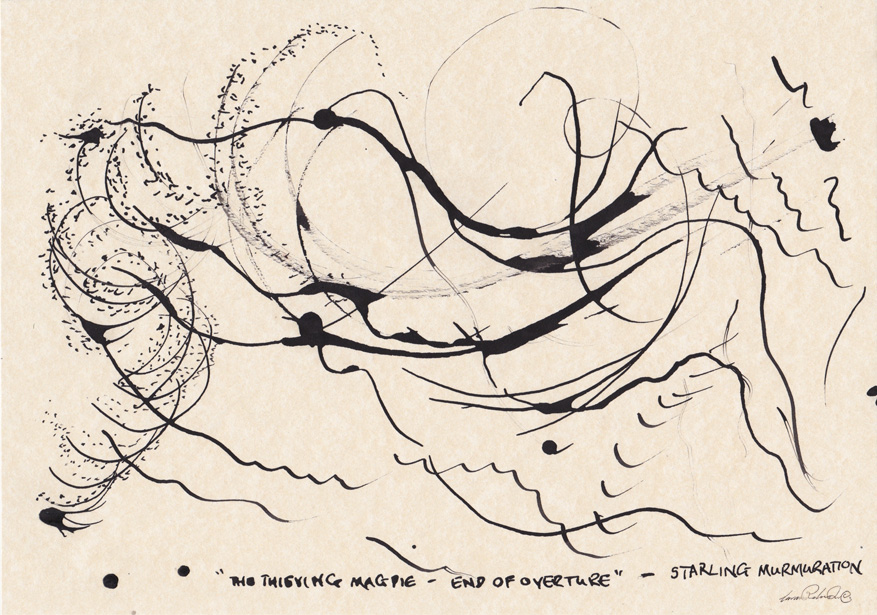
Good afternoon, lovely ones! Hope your weeks are all going well!
Last time, I told you the tale of a little house martin chick and my once-in-a-lifetime drawing experience with her. (If you didn’t get to read it yet, just have a quick scroll, you’ll find it beneath this post – “A Precious Thing”.) A quick update- she had her first flying lessons indoors, and has since been fully re-released back into the wild! She’s probably off on her own adventures by now, using those new fully-grown wings!
Around a month ago I found out about the SWLA exhibition held through the Mall Galleries in London – Wildlife Artist of the Year. I’m afraid I was a little over-optimistic in planning something to enter for the competition this year, but I’m slowly going to be developing my research over the coming months, ready for next year’s competition.
Completely by chance, and neatly linking into the house martin’s story since last time, I wanted to follow a bird theme for this competition. I so often draw mammals that birds weren’t really getting the recognition they deserved, and as well as wanting to try something a bit different, they were on my mind anyway due to my work earlier this year on the RPSB’s Big Garden Birdwatch at nursery. Although the final artwork for the SWLA competition is far from fruition, I thought I would share some of my process up until now- as I really believe it could be something special!
The co-ordinator of a drawing event I attended a couple of years ago referred to the way I drew as “lyrical” – that I described not only my reference material but also the music I listened to at the time. I had been listening quite a lot to Rossini’s “The Thieving Magpie” Overture over a week’s period while working on a separate project, and one evening after reading the brief for the SWLA competition, the song and an earlier memory of some starlings grouped and swirling over a park in Wales (a murmuration) paired up in my mind. I got thinking about how patterns in some classical music fit so perfectly within nature- and decided to do a little research.
As many things in nature are, I discovered that the pattern of a murmuration occurs through mathematics (more specifically in this case- mathematical chaos; where very small changes have a huge impact within the larger system) as every slight movement by each bird within a murmuration is amplified by all the other birds flying directly around it, creating the waves and rippling effects. The few times in my life I had seen a murmuration, I couldn’t help but conjure up a mental picture of a musical score, with all the birds within the pattern as individual notes within an orchestra, acting individually but also within the larger pattern of the whole. How could I replicate this in a drawing? As an experiment and something outside of my comfort zone a little, I decided to listen to some classical music and try drawing lines to describe what I was hearing. The drawings below are based on the aforementioned Rossini overture- “The Thieving Magpie”, or “La Gazza Ladra”. (You could try listening to it as you look at the following experiments- see if you can spot where the patterns came from!)

Step One – Feeling the music out!
The lines and marks that came out of this initial exercise follow the pitch and movement of the music.
After that, I followed the lines I’d drawn with tiny dots, or tiny birds, to bring the “murmuration” to life. The process was a little daunting at first, especially as the pen and ink I was using has a tendency to “blob” a bit! (Although after the first ten minutes, I actually quite liked the imperfection of the ink blobs!)

As I attempted to follow the music in shape, I also tried to match the volume to the weight of the line I drew. As I begun to add the starlings in, I followed the same pattern- with more birds in the thicker areas, and just a scattering in the wispy lines. (I would like to try removing the lines to see what shapes I’m left with here, but that’s something for later!)

As the speed and volume of the song built towards its end, so did the patterns… the spiral that begins at the left hand side of this page came from the final minute of the overture. Filling this space with birds was probably the best part of the whole exercise, and although it doesn’t ring completely true to how starlings might fly in real life, I’m sure there’s elements of this wild drawing that I can expand upon for the final artwork! After all, every bird in this spiral is attempting to fly as close as it possibly can to its neighbour: the ripple created at the bottom of the murmuration becomes less tense, and more and more amplified as it moves outwards- the same theory to how a real murmuration works!
I look forward to the next few months developing this idea and sharing updates on my progress along the way- it’s something a bit different to what I usually do, but that’s the most exciting part!
Next time, I’ll be writing a little about my progress on my silent book concept for a different competition (yes, finally! It’s been a while, but as promised, I’m getting round to it!) and how I’ve been developing a human character who has all the grace and appetite of a young seal!
The AutumnHobbit
© Carina Roberts and AutumnHobbit. Unauthorized use and/or duplication of this material without express and written permission from this blog’s author and/or owner is strictly prohibited. Excerpts and links may be used, provided that full and clear credit is given to Carina Roberts and AutumnHobbit with appropriate and specific direction to the original content.
